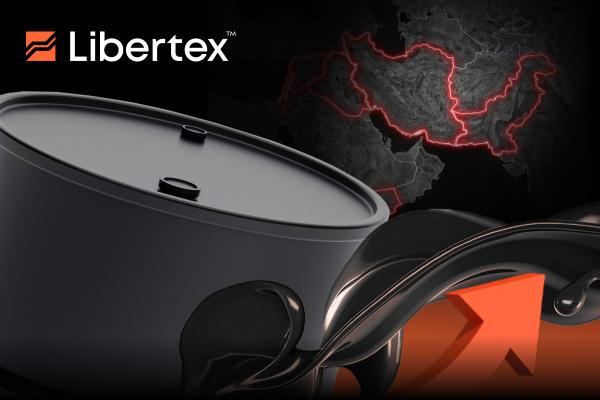Just when it seemed like energy prices were getting back under control following the huge spike of 2022 in the aftermath of the pandemic, oil is on the rise again. Back then, it was a combination of supply chain ruptures, huge demand increases following a return to business as usual, and high dollar inflation. Now, it’s a combination of geopolitical uncertainty and voluntary supply cuts by OPEC+ that are keeping oil prices high. The tense situation in the Middle East, escalation between Israel and major oil producer Iran, and continuing sanctions on other oil-producing countries could all contribute to a new all-time high in the coming months. Indeed, Brent is now back above the key level of $90 a barrel and looks set to keep on rising, while WTI and Light Sweet are both above $86 and similarly seeking further gains.
This couldn’t come at a worse time for ordinary consumers, who were just about managing to get back on their feet after historic price pressure tested their resilience to the limit. But as traders and investors know, wherever there’s a crisis, there’s also opportunity. So, with that in mind, let’s take a look at the likely trajectory for oil over the next weeks and months and see what factors will determine its movements over the rest of 2024.
Rising tensions
It’s been a recurring theme over the past couple of years, but it seems like the global geopolitical stakes have increased once again with the current situation in Israel and the wider regional stand-off underlying it. The attack on Iran’s embassy in Damascus has stoked concerns of an escalation involving this key oil producer and its potential impact on prices going forward. Now, though Iran’s oil is already subject to US and European sanctions, its availability has a significant knock-on effect on the global market since the plentiful supply of cheaper oil to countries not party to the sanctions reduces the amount of Brent and other US crude types required by these countries.
When one tap is turned off, all crude inevitably rises. The conflict in Eastern Europe is also making its mark on the supply side, with renewed attacks on refineries adding additional fuel to the fire (pardon the pun). The extent of the impact that such conflicts have on the global market will, in some way, be moderated by the US as the major power broker in the two theatres and a key producer in its own right. Whether this comes through diplomacy or market manipulation remains to be seen, but with an election around the corner, Biden will surely feel the pressure to keep crude below the $100 mark.
Artificial controls
As we all know, the oil market is far from free of outside influence, and its movements are often the result of government policy as much as they are supply and demand forces. Perhaps the most well-known price-fixing organisation is OPEC+, which has been implementing voluntary production cuts for well over a year now. Both Russia and Saudi Arabia have been cutting output by 1 million and 500,000 barrels per day (bpd), respectively, with Russia now reducing this to 471,000 bpd but switching export curbs for full production cuts. High prices typically suit these oil-producing countries, and artificially low production helps to elevate prices. However, they also like to be able to benefit from the higher prices, which requires producing and selling more oil. It’s a delicate balancing act that works well to keep prices within reasonable bounds.
The US is also a significant enough player to impact prices. Its current aim is to keep oil in check ahead of the major driving season so as to avoid creating malaise amongst the population just before they go to the polls in November. With this in mind, the US Energy Administration already upped crude reserves to 3.2 million barrels in the final week of March, despite a poll of Reuters analysts expecting a 1.5-million-barrel drop. If this policy persists and OPEC+ countries look to continue taking profit, we could well see oil move back towards the $80 mark and even below it.
Trade oil and more CFDs with Libertex
Libertex offers CFDs in a wide range of underlying assets, including commodities, forex, crypto and, of course, oil and gas. The Libertex platform gives you the ability to open long or short positions in crude oil CFDs like Brent, WTI, and Light Sweet with leverage. For more information or to create an account of your own, visit www.libertex.org/signup today.






